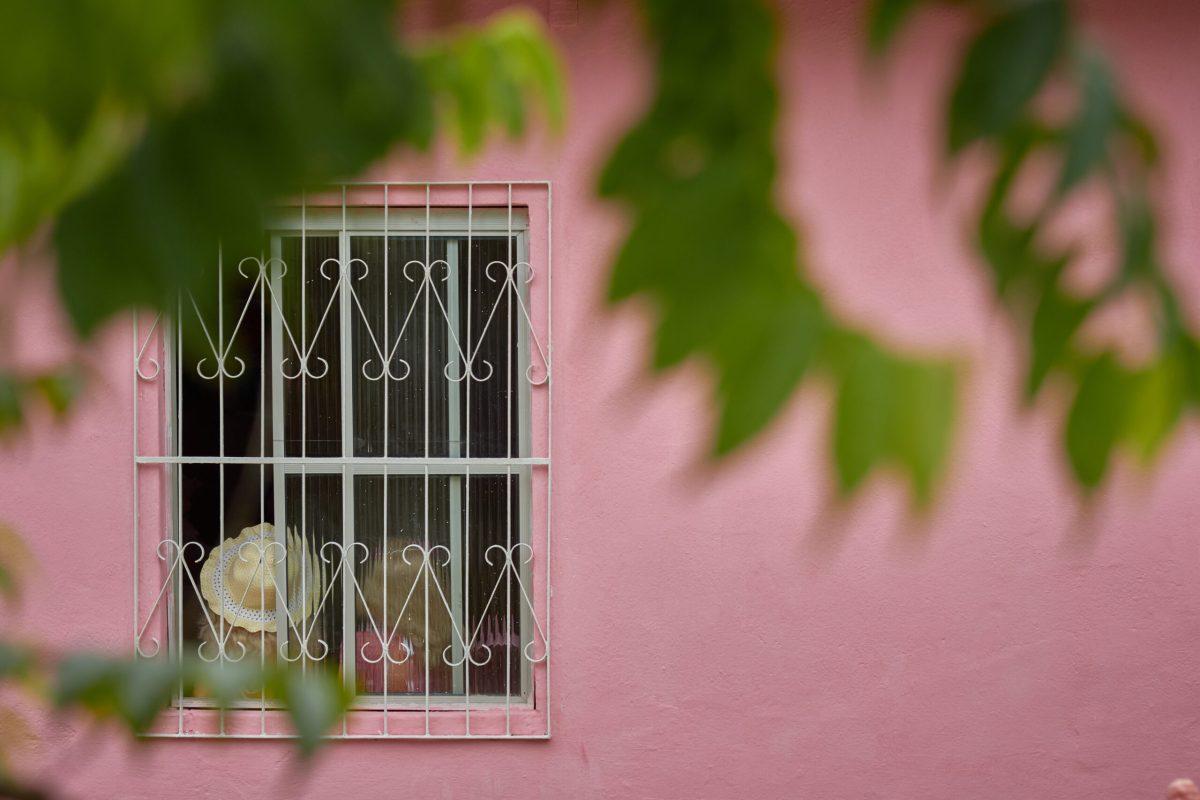
In a brief word before the film began, director Isaac Donato explained that “Açucena,” the 2021 film he both directed and co-wrote, is a film about joy. It unites two phases of life: youth and old age. After hearing this, I knew I was in for something special.
I attended the 4:30 p.m. showing of Açucena at Willy Wilson Theater at Ragtag Cinema to kick off my first-ever True/False Film Fest. Though I was stunned by the visuals and unique concept, I felt unsatisfied by the story’s end. A language barrier combined with seemingly out-of-place elements made me feel unsure of my understanding of the plot.
The Portuguese-spoken film runs 71 minutes, and most of it consists of Guiomar Monteiro and her friends and family preparing for a birthday party. However, it is made clear that this is no typical celebration. They spend the days leading up to the party working meticulously cleaning and dressing up baby dolls.
Monteiro insists on this intense preparation so she can please Açucena, the guest of honor.
Never formally introduced, the characters reiterate how Açucena is very particular. Everything needs to be perfect for “her,” though viewers are never introduced to who, exactly, “she” is. They meticulously polish, dress and place the dolls in their exact spot, which happens to be a fully pink dollhouse-esque room inside Monteiro’s house. What viewers know about Açucena is that her seventh birthday is celebrated every year with an abundance of dolls and pink-colored everything.
The main ensemble is made up of mostly older characters, juxtaposing the child-like preparations the film is based around. Most of the dialogue is conversation between different characters preparing for the party, as well as how they feel about Açucena.
“Açucena” excels in its visuals, though other elements fall flat. The movie consists of elongated still shots, unique camera placement and a whole lot of pink. This allows viewers to focus on what seems to matter most — how does everything look?
Though the long shots feel slow at points where the story is stagnant, audience members can use these moments to look deeper into the story. A lot is left unsaid by the end of the film, and paying as close attention as possible is critical to catch important details throughout. The only camera movement comes in the final scene of the film.
I really enjoyed the way the film was shot. A noteworthy scene is one toward the end of the movie when Monteiro is speaking to a doll that repeats whatever she says. This mirroring doll is referenced throughout the film and received a lot of laughs from the audience. As she talks to the doll in this scene, the camera is placed right behind two other dolls, making it appear that the viewer is watching as one of the many dolls in the room with them.
The colors pink, yellow and white paint the scenes in this film. Most of the scenes happen during the day, either outside or in well-lit rooms in Monteiro’s house. Though music plays sparingly in “Açucena,” it does play an interesting role. Contrasting the light and bright colors of the film, the music is reminiscent of the soundtrack of a horror movie. This choice misleads viewers, myself included, into thinking this movie may have a sinister undertone.
While this music plays, pink lights that appear red shine bright outside the window of the main house, occasionally including close-ups of a doll. However, the suspenseful setup never reaches a real climax. This creative choice left me really confused about both the genre and general plot of “Açucena,” and I left thinking, “What did I miss?”
“Açucena” has a unique story; however, the stylistic choices make for a disappointing end with no payoff to the doomful suspense teased throughout. To find meaning, it’s important for viewers to remember how Donato describes the film, or they may find themselves lost.
“Açucena” will show again at True/False Film Fest on Friday, March 4 at 9:15 p.m at the Willy Wilson Theater at Ragtag and Sunday, March 6 at 6:15 p.m. at Ragtag’s Big Theater.Edited by Shannon Worley, [email protected]